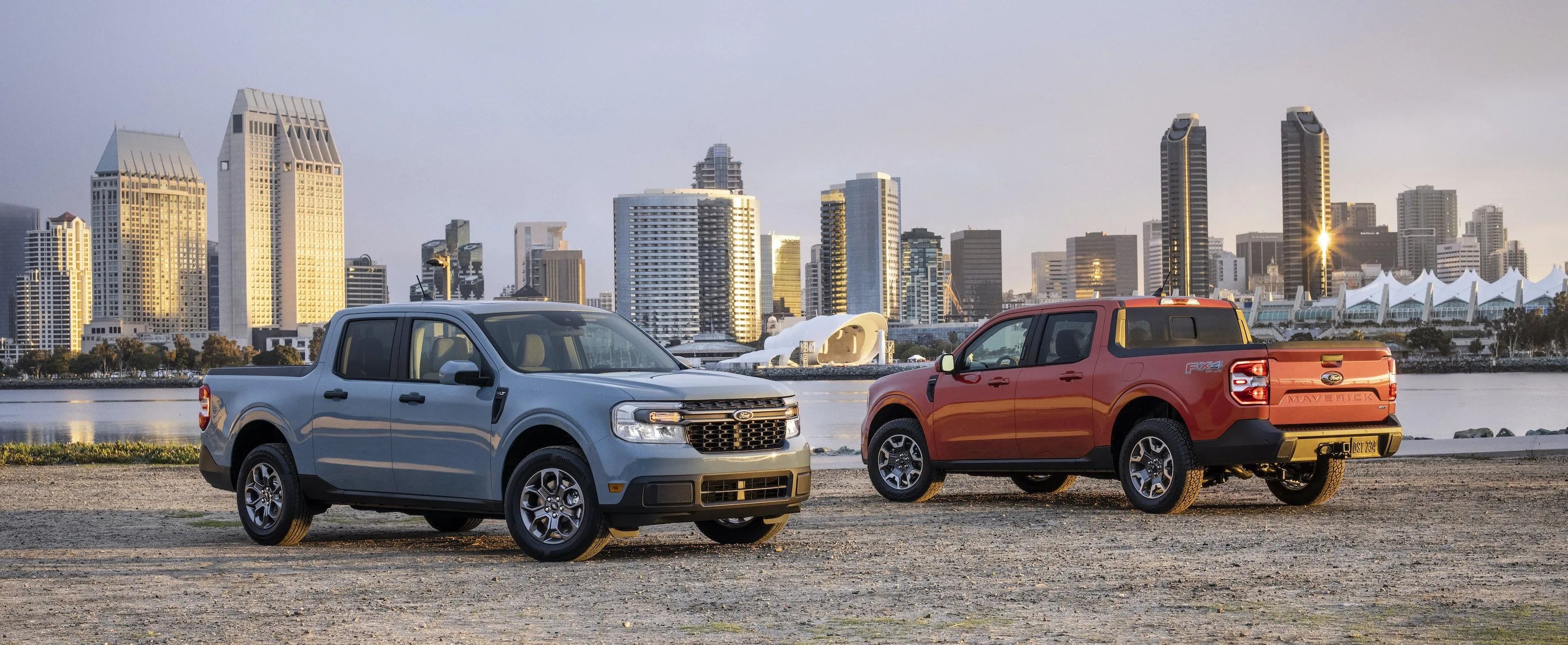A couple of years back, when Ford announced that it would be effectively giving up on traditional cars in America (apart, of course, from the Mustang), there were plenty of people who thought Ford was giving up, period. After all, cars like the Focus, Fusion and Taurus might not have roamed the plains in the mighty numbers they once did, but they were hardly going extinct; why forsake all those buyers who prioritize fuel economy and affordability over ride height?
Of course, as the old saying goes, when God closes a door, he opens a window — and the axiom also applies to automotive product planning. With Ford’s sedans having followed its minivans and station wagons into American retirement, the carmaker saw something of, as they put it, “a white space” in the market.
““We wanted to [show up in the affordable product space] in a way that Ford uniquely could,” Jim Baumbick, Ford’s vice-president of global product planning and strategy told us. “We’ve had fits and starts in [the car] product spaces, but our fundamental strategy is to lean into our strengths.”
And as the F-150 has shown, if there’s one thing Ford does well, it’s build trucks.
So, the brand set about creating a new type of entry-level vehicle — something that could leverage Ford’s truck-and-SUV skills but also appeal to buyers who previously hadn’t shopped for pickups. Something with the price point and fuel efficiency of a compact car, but also with the flexibility that only comes with a truck bed. (“Think of all the things you can do in a truck that you would have to struggle, or can’t do, in a sedan,” as Baumbeck put it — or simply ask one of the millions of pickup truck owners in the United States today.)
And so, Ford created the Maverick.
















